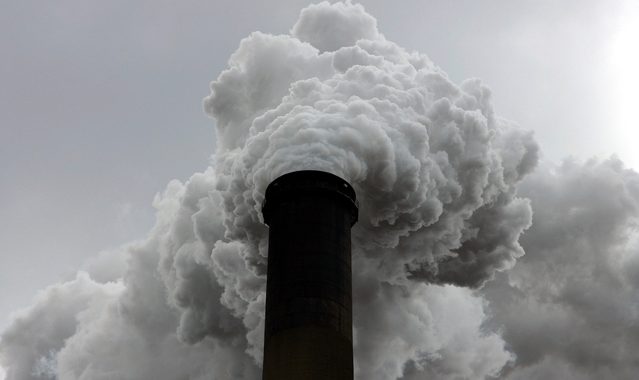I am trying something different in this blog post, reviewing a recent scientific publication that I believe is both important and timely.
The publication I am referring to is from a number of authors from leading universities and institutes in China, USA and Canada – Lin et al. 2016. Global climate forcing of aerosols embodied in international trade. Nature Geoscience.
The abstract for this paper clearly describes the intent of the study and its conclusions:
International trade separates regions consuming goods and services from regions where goods and related aerosol pollution are produced. Yet the role of trade in aerosol climate forcing attributed to different regions has never been quantified. Here, we contrast the direct radiative forcing of aerosols related to regions’ consumption of goods and services against the forcing due to emissions produced in each region. Aerosols assessed include black carbon, primary organic aerosol, and secondary inorganic aerosols, including sulfate, nitrate and ammonium. We find that global aerosol radiative forcing due to emissions produced in East Asia is much stronger than the forcing related to goods and services ultimately consumed in that region because of its large net export of emissions-intensive goods. The opposite is true for net importers such as Western Europe and North America: global radiative forcing related to consumption is much greater than the forcing due to emissions produced in these regions. Overall, trade is associated with a shift of radiative forcing from net importing to net exporting regions. Compared to greenhouse gases such as carbon dioxide, the short atmospheric lifetimes of aerosols cause large localized differences between consumption- and production-related radiative forcing. International efforts to reduce emissions in the exporting countries will help alleviate trade-related climate and health impacts of aerosols while lowering global emissions.
What this means in more simplistic terms is that the demand for goods in the west is a major contributor of air pollution in some developing countries.
Interesting. Perhaps its time we in the west stop playing the blame game.
Rather than pointing fingers at China and India, perhaps we need to take a look at ourselves as contributors to the severe air quality problems in those countries and the resulting global impacts that affect all of us?
Perhaps its time to consider how goods are distributed globally in future climate framework strategies?
Perhaps it is time to and for consumers in wealthier regions to, in some manner, pay to improve emissions standards in the countries that produce goods that they use?
In any case, an interesting and important study and one that provides more food for thought.
Thanks for reading. Keep safe. Be healthy. Respect your environment.
I hope that you will bookmark the blog, share it with your colleagues and visit the blog frequently because you find it informative and helpful. I value your feedback and suggestions for future topics.
Please enter your email in the box at the top of the post and subscribe to our blog HSE Asia - our weekly blog will be emailed directly to you.
Next Week’s Blog Topic: Sizzling Hot Tweets...
Photo Credits: Stack image courtesy of Kenn Kiser at www.freeimages.com.
- Is Your Business Compliant with HSE Regulations? Take Our Quiz to Find Out! - September 16, 2024
- Duty of Care: What it Is and What it Means to Companies Operating in the GCC? - January 28, 2024
- Free E-Book:Health, Safety, and Environment Regulatory Review – United Arab Emirates: An Overview of Federal Requirements - July 5, 2023
